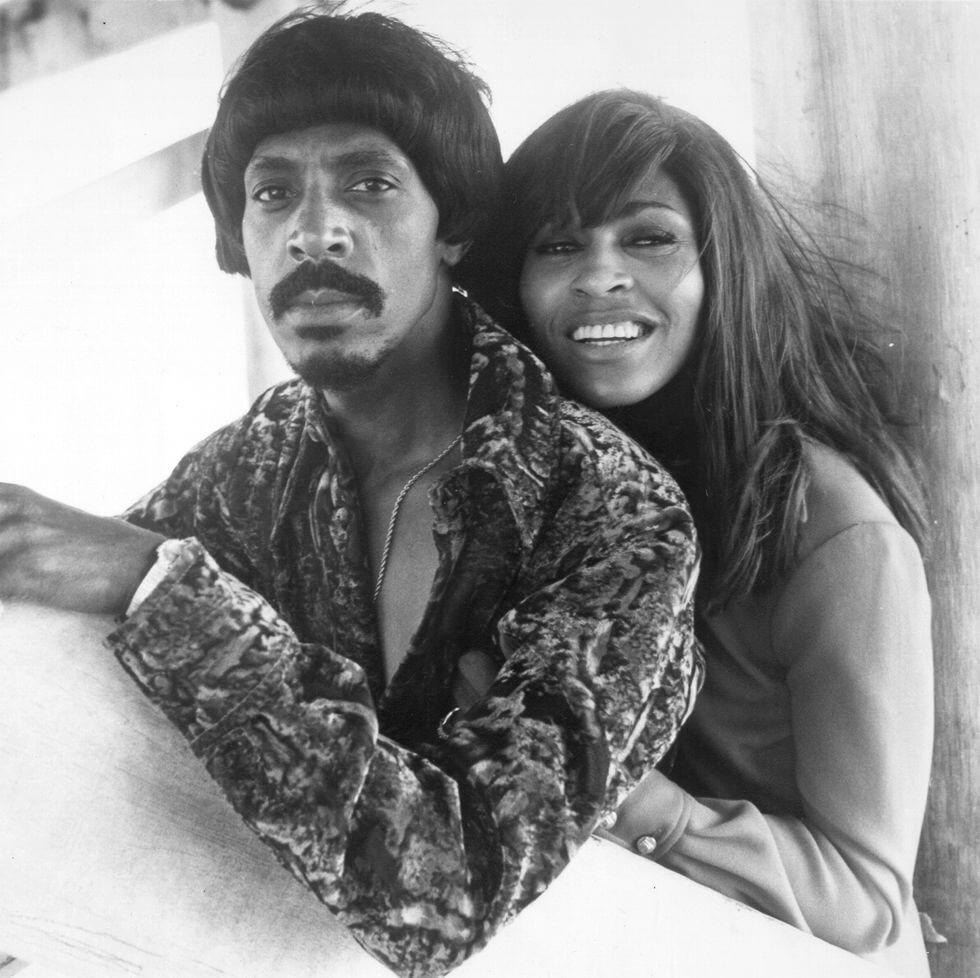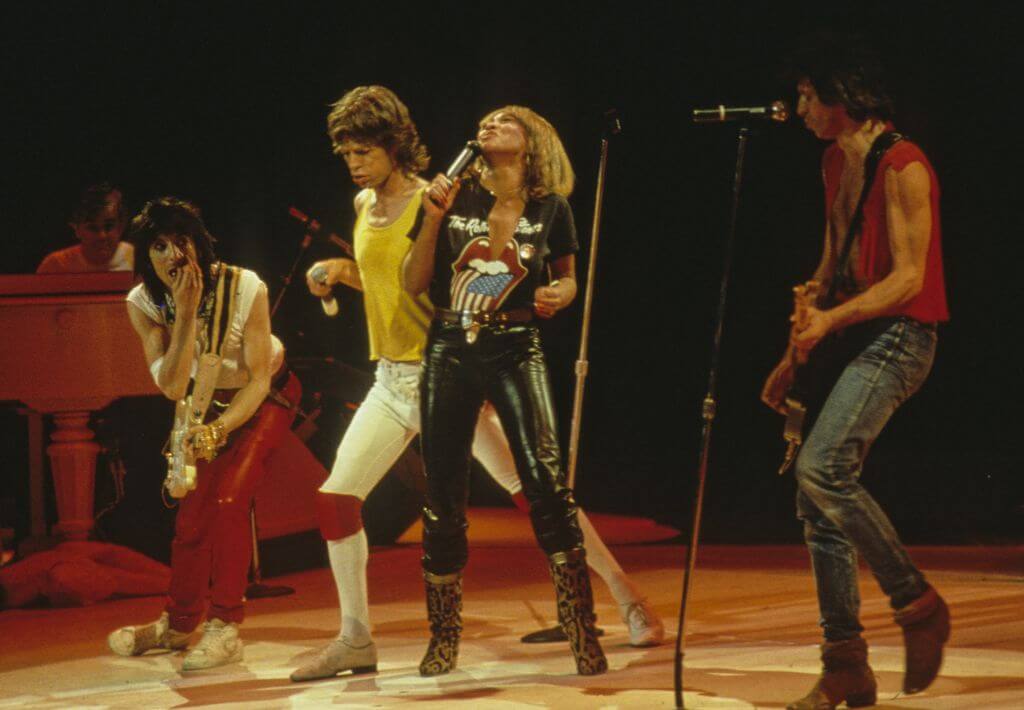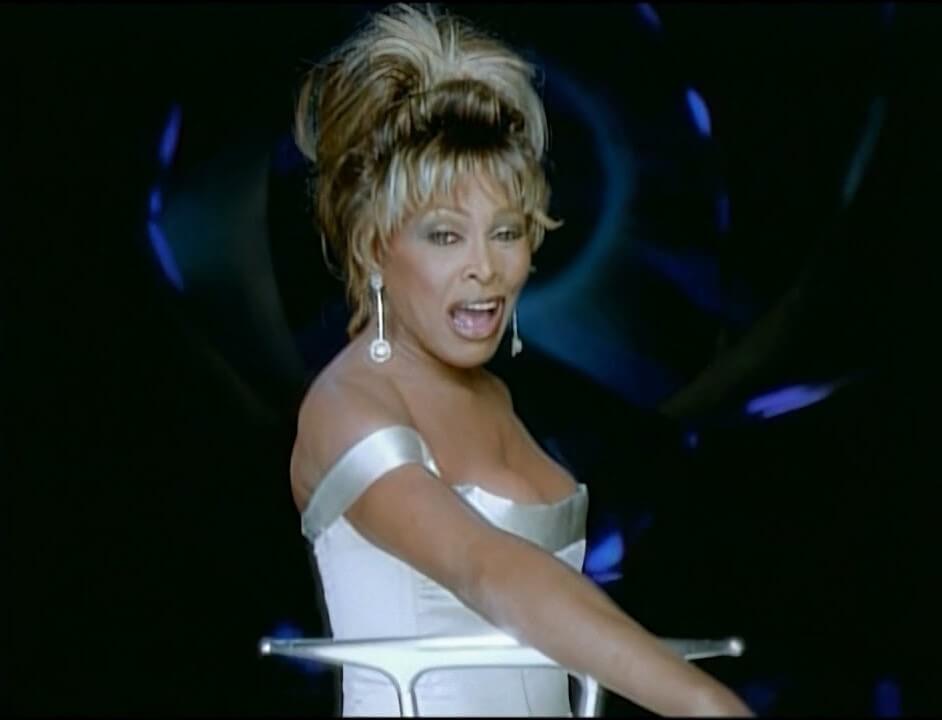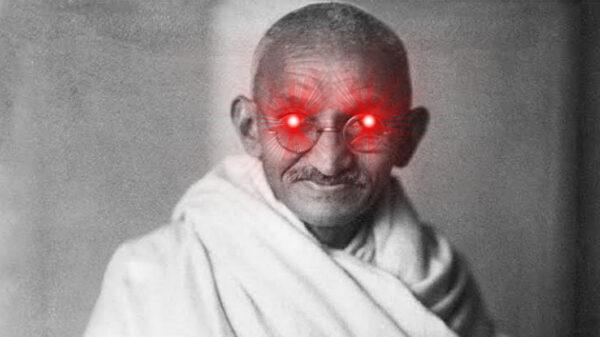Tina Turner, born Anna Mae Bullock, is an iconic American singer, songwriter, and actress. Her powerful vocals, electrifying stage presence, and resilience have made her one of the greatest performers of all time. From her early days as part of the Ike & Tina Turner Revue to her successful solo career, Tina Turner’s story is one of triumph over adversity. In this article, we will explore her life, career, and enduring legacy.
Early Life and Career
Tina Turner was born on November 26, 1939, in Nutbush, Tennessee. Growing up in a small rural town, she developed a love for music at an early age. Despite her modest beginnings, Tina dreamt of something bigger and set her sights on a career in the entertainment industry.
In her formative years, Tina was deeply influenced by the rhythm and blues music she heard on the radio. Artists like B.B. King and Mahalia Jackson inspired her with their powerful voices and soulful performances. These influences would later shape her own unique style and sound.
Formation of Ike & Tina Turner Revue
Tina’s path to stardom took a significant turn when she met musician Ike Turner. The two formed a musical partnership and eventually married. Together, they established the Ike & Tina Turner Revue, a dynamic duo that captivated audiences with their energetic live performances.

The Ike & Tina Turner Revue experienced considerable success in the 1960s and 1970s. Their electrifying live shows and chart-topping hits, such as “Proud Mary” and “River Deep – Mountain High,” brought them international acclaim. Tina’s powerful voice and charismatic stage presence became the focal point of the group’s success.
Struggles and Personal Life
Behind Tina Turner’s success story lies a tumultuous personal life. Her relationship with Ike Turner was marred by domestic violence and abuse. After years of enduring this hardship, Tina found the strength to leave the toxic partnership, escaping with nothing but her determination and talent.
In the aftermath of her separation from Ike, Tina faced numerous challenges. She had to rebuild her career from scratch and overcome financial difficulties. However, her resilience and unwavering dedication paid off. She reinvented herself and continued to release successful albums, such as “Break Every Rule” and “Foreign Affair,” solidifying her status as a music legend.
Tina Turner’s Comeback in the 1980s
Tina Turner’s resurgence in the 1980s is hailed as one of the most remarkable comebacks in music history. Her return to fame was fueled by various factors, and one pivotal element that contributed significantly to her success was the advent of MTV.

MTV, which commenced its broadcast in the early ’80s, brought about a surge in the demand for music videos. Tina Turner, with her undeniable talent and presence, seized this opportunity to propel herself back into the limelight.
During its nascent stage, MTV faced considerable criticism for its limited representation of black artists. However, Tina Turner’s exceptional music videos were among the few that received substantial airtime on the channel. With MTV incessantly playing her videos, Turner’s visibility soared, captivating audiences from all walks of life and establishing her as an icon.
Embracing Rock Music Influences
Tina Turner’s distinctive style transcended genres, effortlessly harmonizing with the rock music scene. Her magnetic stage presence allowed her to share the spotlight with music legends such as Mick Jagger and David Bowie. This crossover appeal propelled her to meteoric heights of fame, transforming her into a household name across the globe. Remarkably, just a few years earlier, she had been relegated to performing in hotel ballrooms as a nostalgic act.
In 1981, while relaunching her singing career, Tina Turner embarked on the American Tour with the Rolling Stones. Though she was the opening act for each performance, she also had the opportunity to join the Stones on stage during their rendition of “Honky Tonk Women.” Mick Jagger, a close friend of Turner, consistently praised her exceptional talent and warm personality. Interestingly, this wasn’t the first time Turner had toured with the Stones, as she had previously accompanied them during their 1969 tour while still performing with her ex-husband, Ike.

During their time together on tour, Turner played a significant role in Mick Jagger’s development as a performer. She recalled how Jagger initially watched their show without dancing but eventually sought guidance from her. They would often meet in the dressing room, where she taught him dance moves, including the iconic “pony” dance.
As Turner embarked on her comeback journey, she received support from esteemed musician Chuck Berry. In 1982, Berry featured Turner in his TV special held at The Roxy in West Hollywood, further bolstering her return to the forefront of the music industry.
The Evolution of “What’s Love Got To Do With It?”
What’s Love Got To Do With It?” stands as one of Tina Turner’s most renowned songs, attaining recognition as the 16th best song of the ’80s by Time Out magazine. Surprisingly, Turner initially held reservations about the track. When producer Terry Britten offered it to her, she felt it didn’t align with her musical style. In fact, she disliked it to such an extent that she would actively avoid listening to it, running and hiding whenever her manager attempted to play it.
Turner was initially unaware that the songs had been penned specifically for her, and Britten had to personally persuade her to record them. Ultimately, it was “What’s Love Got To Do With It?” that solidified Turner’s rise to stardom. This track became her inaugural and sole number one hit, reigning atop the charts for three consecutive weeks.
The song’s success propelled Turner to claim two prestigious Grammys in 1985: one for Record of the Year and another for Best Female Pop Vocal Performance.
Turner and Bowie: A Legendary Collaboration
Tina Turner and David Bowie maintained a close friendship, collaborating on the song “Tonight,” the titular track from Bowie’s 1984 album. Although recorded as a duet with Turner, Bowie’s initial release of the song surprisingly omitted a music video and failed to acknowledge Turner’s involvement. However, this omission likely wasn’t meant as a deliberate snub. In fact, Bowie was among the artists who highlighted the lack of representation of Black performers on MTV, and he played a role in persuading Turner’s record label to extend her contract in 1983.

According to Female First, Bowie, who had recently re-signed with Capitol himself, received an invitation to a celebratory dinner but declined, reportedly stating, “I’m sorry, but I’m going to the Ritz to see my favorite singer perform.” The singer in question was Turner, and her powerful performance that evening convinced Capitol executives to renew her record deal.
Later on, during Tina Turner’s Private Dancer tour in 1985, the two iconic musicians shared the stage to perform “Tonight” together. They would occasionally reunite for joint performances of the song in subsequent concerts throughout the 1980s.
Reflecting back, Turner regarded Bowie, along with Mick Jagger, as akin to the brothers she never had, emphasizing the deep connection and understanding she felt with them.
Trailblazing Magazine Covers
Although Tina Turner has graced the cover of Rolling Stone magazine multiple times over the years, her initial appearance dates back to 1967. This occurrence was particularly significant as it transpired shortly after Ike & Tina Turner achieved mainstream success and coincided with the peak of the Civil Rights Movement. Turner’s prominent feature marked a historic moment, as she became both the first woman and the first Black artist to grace the cover of Rolling Stone.

Following her debut on Rolling Stone, Turner’s presence expanded to numerous other magazine covers, including several esteemed publications within the realms of music and popular culture. Notably, Ebony recognized her as the best-dressed woman of 1971. Over time, she adorned at least 137 different magazines, such as Elle, NME, Good Times, Cosmopolitan, Time Out, and Jet. At the age of 73 in 2013, Turner achieved another milestone by becoming the oldest woman to grace the cover of Vogue.
“Sgt. Pepper’s Lonely Hearts Club Band” Misfire
The jukebox comedy film “Sgt. Pepper’s Lonely Hearts Club Band” is widely acknowledged as a complete disaster. Unlike movies like “Yellow Submarine,” this particular film was not created by the Beatles themselves. Instead, it took inspiration from an off-Broadway musical called “Sgt. Pepper’s Lonely Hearts Club Band on the Road,” which had little association with the band apart from utilizing their music.
Reportedly, the Beatles themselves despised the film. After attending the premiere, Paul and Ringo disowned it, while John and George adamantly refused to watch it altogether. However, the movie did have a notable aspect as it cast several prominent musicians in roles, including The Bee Gees. The climactic ending features a collective performance of the main Sgt. Pepper’s theme tune, referred to as “Our Guests at Heartland.”
Amidst the many vocalists participating in the ensemble, Tina Turner can be seen standing at the forefront of the group.
The Unlikely Journey of Tina Turner’s “Goldeneye” Theme Song
The James Bond movies have captivated audiences since 1962, but it was during the early ’90s that a six-year gap occurred between movies before “Goldeneye” made its grand entrance.
For a movie heralded as James Bond’s triumphant return, a captivating title song was deemed essential. Tina Turner’s rendition of the “Goldeneye” theme, showcasing her signature powerful and gravelly vocals, proved to be a perfect fit. However, when Turner first encountered the song, she was hesitant to lend her voice to it.

“Goldeneye” was originally penned by Bono and The Edge from the band U2, with the intention of having Depeche Mode perform it. Unfortunately, due to scheduling conflicts, Depeche Mode was unable to record the song at that time, as reported by The Independent. Bono, undeterred, created a demo and sent it to Tina Turner. Surprisingly, she promptly rejected it.
Despite being a U2 fan, Turner found the demo to be subpar and felt as though they had expected her to decline the song. She even admitted that she didn’t know the key in which she was supposed to sing it. Bono personally approached Turner and implored her to perform the song. In the end, he was astounded by the version she delivered.
While “Goldeneye” might not rank among the most unforgettable James Bond films, Tina Turner’s theme song for the movie has been widely hailed as one of the franchise’s best musical compositions.
Tina Turner’s Journey to Spiritual Enlightenment
Raised in a Christian household, Tina Turner began embracing Buddhist beliefs during the 1980s.
“When I needed guidance, I turned to the practice, and its effectiveness motivated me,” she shared.
Rather than fully converting, Turner chose to blend her Christian upbringing with her newfound Buddhist perspective. In an interview with Rolling Stone, she referred to herself as a “Buddhist-Baptist.” Drawing upon her Buddhist faith, Tina Turner authored the book “Happiness Becomes You,” which offers profound insights on finding inner peace. She acknowledged that Buddhism transformed her old thought patterns and taught her to cultivate a positive mindset.
As a singer, Turner’s inclination toward spiritual music was a natural progression and a return to her origins singing in church. In 2009, she formed the group Beyond and released their inaugural album, “Buddhist and Christian Prayers,” featuring lyrics penned by Turner herself. Beyond allowed Turner to showcase a different facet of her personality and vocal style, separate from her renowned powerful rock ballads.
Buddhism served as a guiding light during challenging periods in Tina Turner’s life. She frequently describes herself as a “lotus flower,” repeatedly blossoming against all odds and emerging stronger each time.
The Origins of “The Best”
“The Best” is a song deeply ingrained in pop culture, but its path to fame wasn’t a straightforward one. In an exclusive interview with Music Business Worldwide, songwriter Holly Knight reveals that she initially intended the song to be sung by British singer Paul Young. However, Young’s agent declined the opportunity, leading the track to find its way to Bonnie Tyler, renowned for hits like “Total Eclipse of the Heart” and “Holding Out for a Hero.” Despite Tyler’s rendition, the song failed to gain significant traction.
It was Tina Turner who ultimately transformed “The Best” into the iconic anthem we know today. Holly Knight, the songwriter, expressed her astonishment at the widespread fame the song achieved, emphasizing that it was not originally written for Turner but seemed destined for her. Even Bonnie Tyler herself commended Turner’s rendition, recognizing the impact it had on her own confidence in song selection during a period of self-doubt.
Tina Turner: From Music to Movies
While Tina Turner’s name is synonymous with her incredible music career, she also left a mark in the realm of acting. Her most renowned role was as Aunty Entity in “Mad Max: Beyond Thunderdome” in 1985. Director George Miller specifically sought out Turner for the role, a testament to her unique charm and charisma. Furthermore, Turner’s acting aspirations nearly led her to portray the Hindu goddess Kali in a movie called “The Goddess” in 2004. She immersed herself in Indian culture, visiting temples and drawing inspiration from the imagery associated with Kali.
Recognition and Honors
Tina Turner’s impact extends beyond her artistic endeavors, as she has received notable recognition for her contributions. In 1986, she was awarded a star on the Hollywood Walk of Fame, which became a place of tribute following her passing, with fans leaving floral bouquets and vinyl records. Additionally, she received a star on the St. Louis Walk of Fame, honoring her illustrious musical career. The European Walk of Fame in Rotterdam, Netherlands, immortalized Turner’s legacy with her handprints and signature etched in cement.
Tina Turner holds a unique distinction in the Rock and Roll Hall of Fame, having been inducted twice. In 1991, she was inducted alongside her ex-husband Ike, despite Ike’s incarceration for drug offenses at the time. Tina chose not to attend the ceremony. However, in 2021, she was finally honored as a solo artist in her own right. As one of the original signatories in support of the hall’s establishment, Tina Turner’s induction as a solo artist recognizes her immense talent and lasting impact on the music industry.
Tina Turner’s remarkable journey from a troubled childhood to international stardom is a testament to her talent, resilience, and determination. Her soulful voice and electrifying performances have captivated audiences for decades, solidifying her status as an icon. Moreover, Tina’s personal struggles and triumphs have made her an inspiration to many, as she has shown that it is possible to overcome adversity and reinvent oneself. Tina Turner’s legacy will continue to shine brightly, leaving an indelible mark on the music world and beyond.











